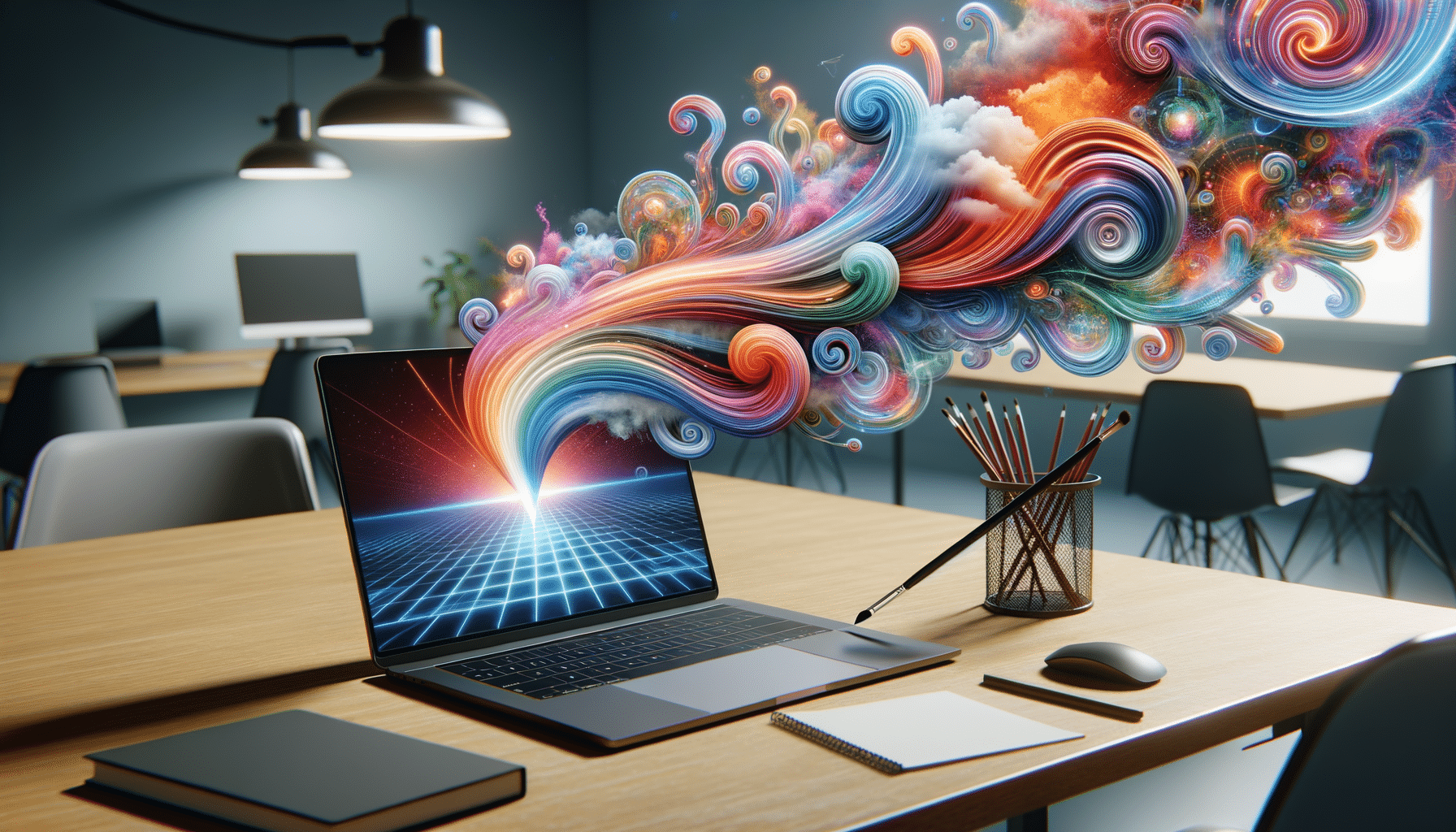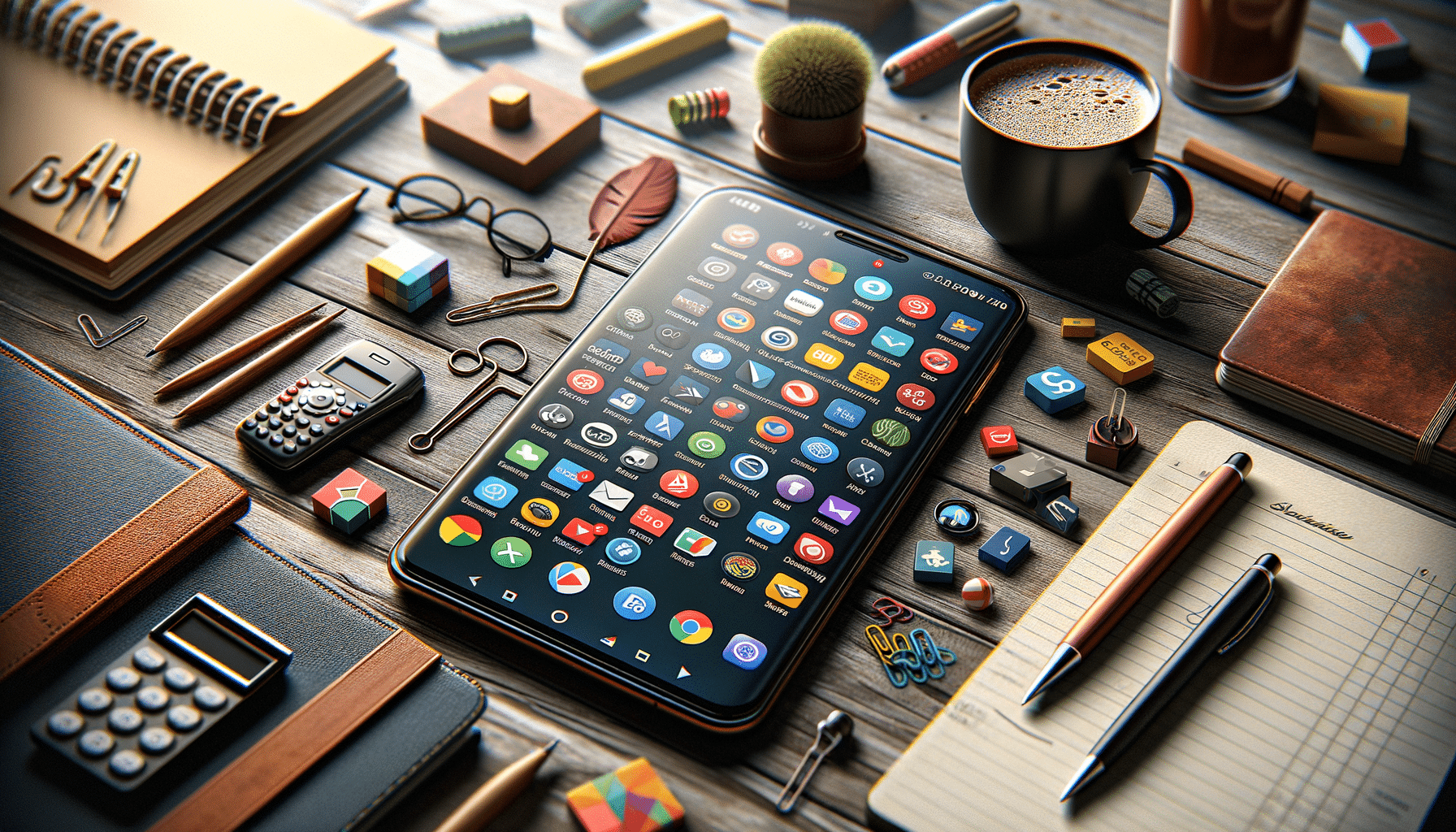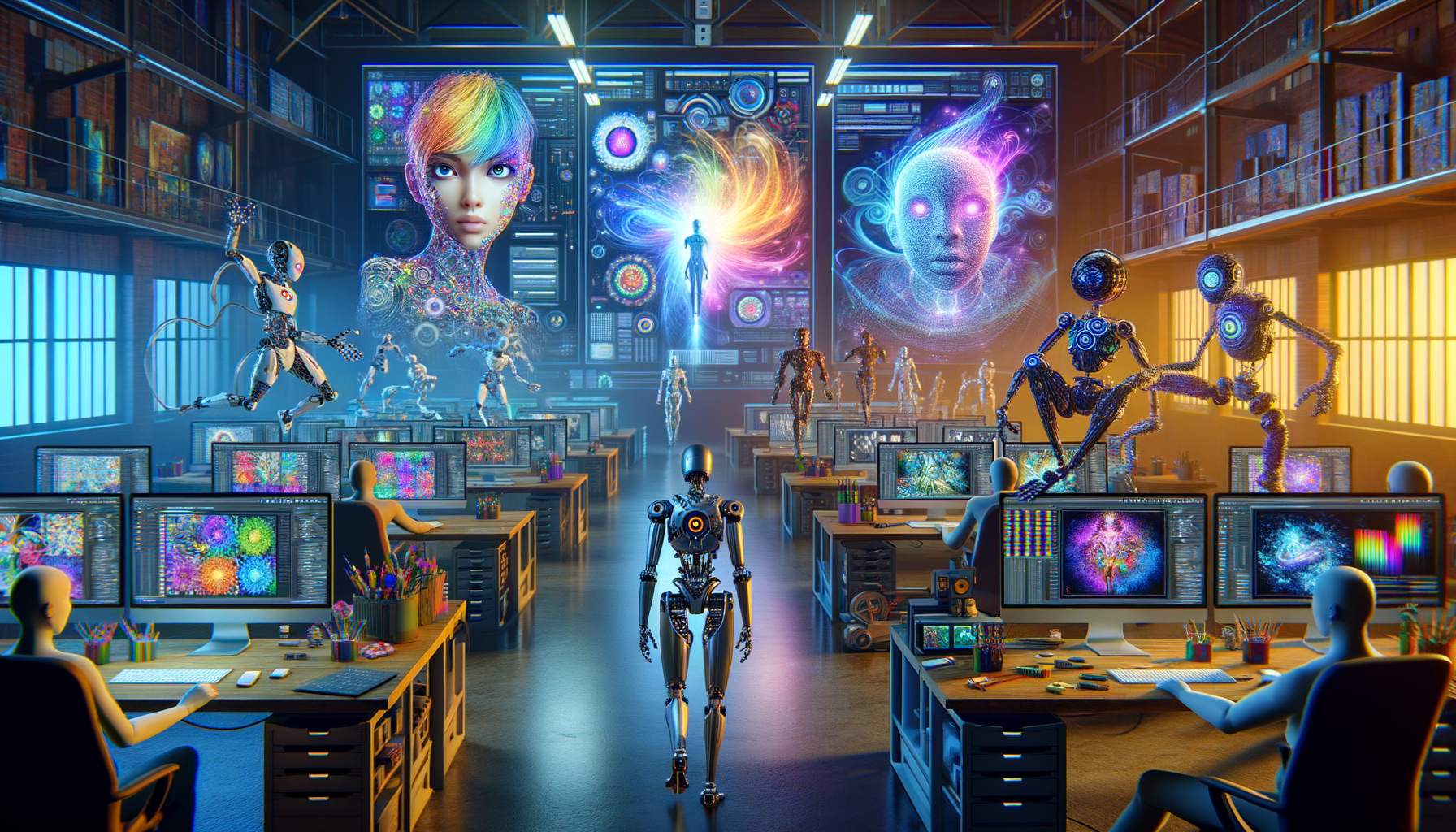
Turn Imagination into Visuals with the Power of AI
The Evolution of Graphic Design with AI
Graphic design has always been a field where creativity meets technology. With the advent of AI-powered graphic design software, this intersection has become even more pronounced. AI tools are revolutionizing the way designers approach their work, offering new possibilities for creativity and efficiency. These tools are not just about automating mundane tasks; they are about enhancing the creative process itself. By leveraging machine learning algorithms, AI graphic design software can now assist in generating design elements, suggesting color palettes, and even creating entire layouts. This evolution is not only making the design process faster but also more accessible to those who may not have a traditional design background.
One of the key benefits of AI in graphic design is its ability to learn and adapt. As designers use these tools, the software becomes more attuned to their preferences and style, offering suggestions that are increasingly aligned with their creative vision. This personalized assistance can be a game-changer for designers, allowing them to focus more on the conceptual aspects of their work rather than the technical details.
Moreover, AI graphic design software is democratizing design. By providing intuitive tools that can automate complex design tasks, AI is opening up the field to a broader audience. This means that small business owners, marketers, and content creators can now produce high-quality visuals without needing extensive design training. As AI continues to evolve, we can expect even more innovative features that will further transform the landscape of graphic design.
AI Tools Enhancing Creativity and Efficiency
AI graphic design software is a boon for creativity, providing designers with tools that help spark new ideas and streamline the creative process. These tools often include features like automatic layout generation, which can save hours of work by producing multiple design options in seconds. Designers can then choose the layout that best fits their needs, tweaking it as necessary to achieve the perfect look.
Another remarkable feature of AI graphic design software is its ability to analyze visual trends and suggest design elements that align with current aesthetics. This can be particularly useful for designers working in fast-paced industries where staying on trend is crucial. By leveraging AI, designers can ensure their work remains relevant and appealing to their target audience.
Furthermore, AI tools can enhance efficiency by automating repetitive tasks. For instance, resizing images for different platforms or creating variations of a design can be done quickly and accurately with AI. This not only saves time but also reduces the risk of errors, ensuring consistency across all design outputs.
Overall, AI graphic design software is empowering designers by freeing them from routine tasks and allowing them to focus on what they do best: creating. As these tools continue to develop, we can expect even more sophisticated features that will further enhance both creativity and efficiency in the design process.
The Future of AI in Graphic Design
The future of AI in graphic design looks promising, with ongoing advancements poised to further integrate AI into the creative process. As AI technologies become more sophisticated, we can anticipate even greater capabilities in areas such as image recognition, natural language processing, and predictive analytics. These advancements will likely lead to more intuitive and responsive design tools that can better understand and anticipate the needs of designers.
One potential development is the increasing use of AI for personalized design experiences. As AI systems learn from user interactions, they will be able to offer more tailored design suggestions, helping designers create work that is not only aesthetically pleasing but also highly personalized. This could lead to a new era of design where each project is uniquely crafted to meet the specific needs and preferences of its audience.
Additionally, AI could play a significant role in enhancing collaboration among design teams. By providing real-time feedback and suggestions, AI tools can facilitate more efficient communication and idea sharing, leading to more cohesive and innovative design outcomes. As remote work continues to be a prevalent trend, these collaborative features will become increasingly valuable.
In conclusion, the integration of AI into graphic design is not just a passing trend; it represents a fundamental shift in how design work is approached and executed. As AI technologies continue to evolve, they will offer new opportunities for creativity, efficiency, and collaboration, shaping the future of the graphic design industry in exciting and unprecedented ways.


